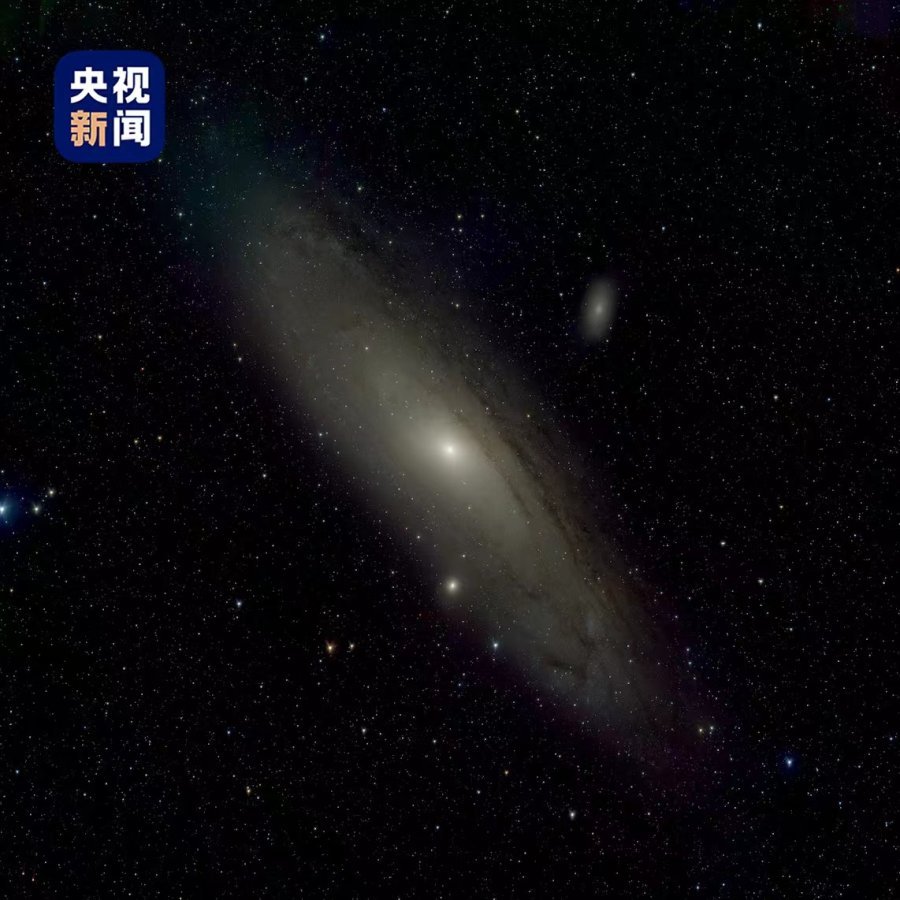February 8, 2024
Beijing – Using spectral data collected by the Sky Field Multi-Object Fiber Spectroscopic Telescope and other surveys and observations, Chinese astronomers have created the most detailed rotation curve of the Andromeda Galaxy (M31) ever created. and calculated the mass of the galaxy. Its size is said to be about 1.14 trillion times that of the sun.
The study was conducted by researchers from Yunnan University and other institutions in the country and was recently published in the Monthly Journal of the Royal Astronomical Society.
At a distance of about 2.5 million light-years from Earth, the Andromeda Galaxy is the closest large spiral galaxy to the Milky Way and serves as an ideal astrophysical laboratory for exploring galaxy formation and evolution.
“However, because this galaxy is so far from Earth, it is difficult for astronomers to identify the objects within it, and the lack of information on the motions of these objects makes it difficult to accurately map the galaxy’s rotation curve. “It has become very difficult to establish a medical institution in China,” Science and Technology Daily quoted Chen Bingqiu, a professor at Yunnan University and co-author of the research paper, as saying.
In this study, the researchers collected radial velocity measurements of 13,679 objects in the Andromeda galaxy and determined their rotation curves within 407,600 light-years of their center, achieving an accuracy of 5 percent to 20 percent.
It showed that the rotation curve within the galactic disk remains relatively constant at about 220 kilometers per second, gradually decreasing outwards to about 170 kilometers per second in the outer halo.
The research team then constructed a three-component mass model of the Andromeda galaxy based on the rotation curve, and clarified the galaxy’s mass distribution.
According to Chen, this study provides a new understanding of the mass distribution of the Andromeda galaxy, and by extension spiral galaxies in general, and has important implications for further understanding the dynamic structure, formation, and evolution of spiral galaxies.

